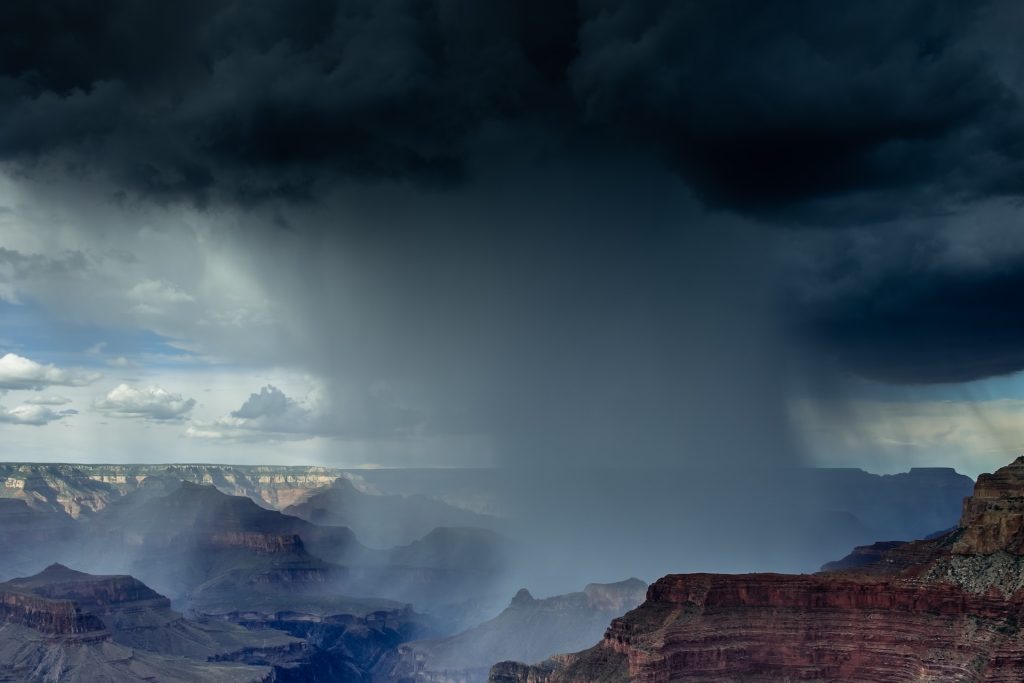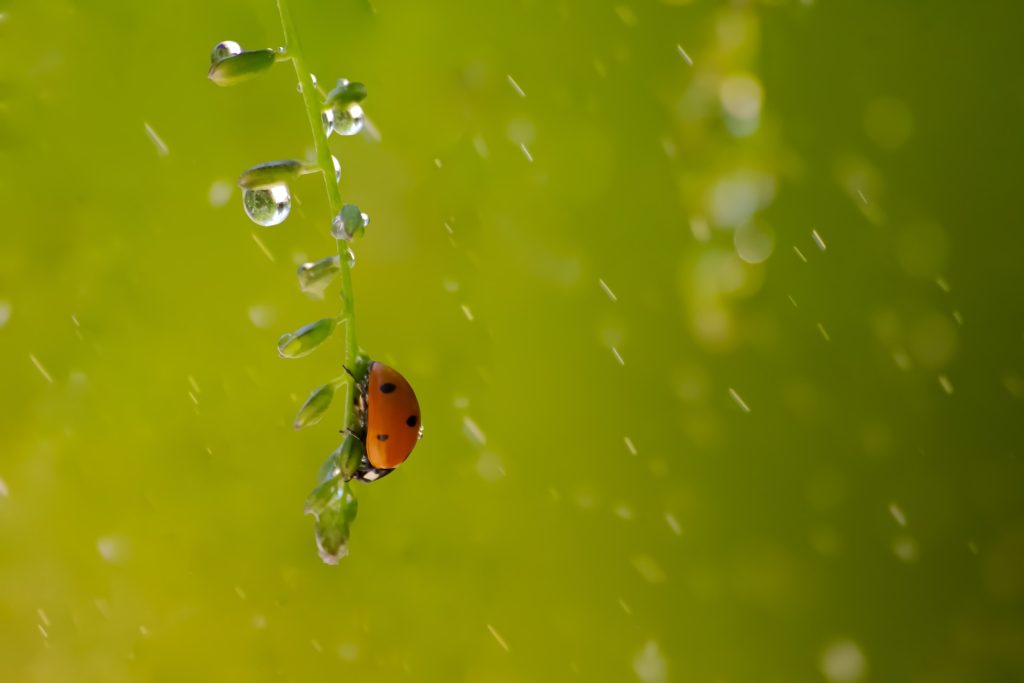Rain, the universal symbol of life, is not just a weather phenomenon; it’s a celebration of nature’s abundance. While the pitter-patter of raindrops can lift our spirits, it’s more than just a mood enhancer. In this blog post, we’ll dive into the science of how rain is formed, its vital role in sustaining life on Earth, and the wonderful, albeit sometimes troublesome, aspects of this liquid sunshine.

The Formation of Rain: Nature’s Dance in the Sky
Have you ever wondered how raindrops come to be? It’s a mesmerizing journey that starts in the sky. Rain is born through the process of condensation and precipitation. When the sun’s warmth causes water in rivers, lakes, and oceans to evaporate, it transforms into water vapor and rises into the atmosphere. As it ascends, it cools down and condenses into tiny water droplets, forming clouds. These clouds continue to accumulate water droplets, and when they become too heavy, gravity takes over, and the rain begins to fall.
Rainfall can vary in intensity, from a gentle drizzle to a torrential downpour. The size of raindrops depends on the atmospheric conditions, and while they may seem small, they play a vital role in replenishing the Earth’s water sources.
The Lifeline of All Living Things: Why Rain Matters
Rain is not just a fleeting inconvenience or a welcome relief from the scorching sun; it is the lifeblood of our planet. Here’s why it matters:
- Water for All: Rainfall is the primary source of fresh water for the Earth. It refills our rivers, lakes, and underground aquifers, providing a source of hydration for both humans and wildlife. Without rain, these sources would gradually dry up, leading to water scarcity.
- Sustaining Ecosystems: Rain nourishes and rejuvenates ecosystems, supporting plant life and providing habitat for a diverse range of species. In many arid regions, even a small amount of rain can trigger the bloom of vibrant wildflowers and attract wildlife to feast on this temporary bounty.
- Agricultural Bounty: For farmers, rain is like liquid gold. Crops depend on timely and sufficient rainfall to grow and produce bountiful yields. A lack of rain can lead to droughts, which, in turn, can result in food shortages and economic challenges.
- Balancing the Climate: Rainfall plays a crucial role in regulating the Earth’s climate. It cools the atmosphere, cleanses the air of pollutants, and mitigates extreme heat. Rainfall patterns also influence weather systems, which, in turn, can impact our daily lives.

The Pros of Rain: Embrace the Downpour
- Nature’s Refresher: Rain is the Earth’s way of hitting the refresh button. It washes away dust and grime, leaving the environment looking fresh and vibrant. The air smells cleaner after a rainfall, a phenomenon known as “petrichor.”
- Garden’s Delight: Gardeners know that rain is a boon for plants. Rainwater is rich in nutrients, making it an excellent natural fertilizer. It nourishes your garden, helping it flourish in all its glory.
- Quiet Bliss: There’s something incredibly soothing about the gentle sound of raindrops tapping against your window. It’s the perfect soundtrack for a cozy day indoors, wrapped in a warm blanket with a good book or your favorite movie.
- Photographer’s Dream: Rain can transform an ordinary scene into a masterpiece. The way raindrops cling to leaves or glisten on petals makes for stunning photography opportunities. The world takes on a different, dreamy quality in the rain.
- Water Resource Replenishment: As previously mentioned, rain is essential for recharging our water sources. It ensures we have clean, fresh water to drink and use for various purposes, including agriculture, manufacturing, and sanitation.
The Cons of Rain: Dealing with the Damp and Dreary
- Flooding: Excessive rainfall, especially in a short period, can lead to flooding, causing damage to homes, infrastructure, and loss of life. Floods can be particularly devastating in low-lying areas or regions without adequate drainage systems.
- Transportation Woes: Rain often brings traffic snarls, as wet roads can be hazardous. Reduced visibility, slippery surfaces, and flooding can make it challenging to get from one place to another.
- Mood Dampener: While many people find the sound of rain soothing, others may experience gloomy moods or even Seasonal Affective Disorder (SAD) during prolonged rainy periods. The lack of sunshine and outdoor activities can take a toll on mental health.
- Property Damage: Leaky roofs, mold growth, and water damage are common issues associated with rainy weather. The cost of repairs can be a headache for homeowners.
- Agricultural Woes: While rain is crucial for crops, excessive or untimely rainfall can lead to flooding or waterlogged fields, which can damage crops and reduce yields.

Rain is, without a doubt, one of nature’s most remarkable and vital phenomena. It quenches the Earth’s thirst, rejuvenates our surroundings, and maintains the balance of life on our planet. While it can be a source of inconvenience and even adversity at times, the benefits of rain far outweigh its downsides. So, next time you hear raindrops tapping on your window or see the world glistening after a storm, take a moment to celebrate the liquid sunshine that brings life, joy, and beauty to our world. After all, without rain, there would be no rainbows.





